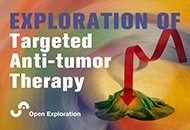12 results in Exploration of Targeted Anti-tumor Therapy
Latest
Sort by :
- Latest
- Most Viewed
- Most Downloaded
- Most Cited
Open Access
Review
Tri-specific killer engager: unleashing multi-synergic power against cancer
Peeranut Winidmanokul ... Seiji Okada
Published: April 25, 2024 Explor Target Antitumor Ther. 2024;5:432–448
This article belongs to the special issue Novel Strategies and Targets for Immunotherapy of Cancer
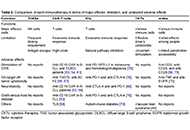
Open Access
Review
Spheroids and organoids derived from colorectal cancer as tools for in vitro drug screening
Sahira Syamimi Ahmad Zawawi ... Marahaini Musa
Published: April 25, 2024 Explor Target Antitumor Ther. 2024;5:409–431
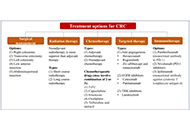
Open Access
Perspective
Cancer symptom cluster research in pediatric oncology: a work in progress
Luciana Chain Veronez, Luís Carlos Lopes-Júnior
Published: April 24, 2024 Explor Target Antitumor Ther. 2024;5:400–408
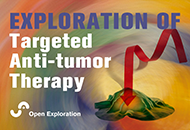
Open Access
Review
Alteration of glucose metabolism and expression of glucose transporters in ovarian cancer
Fatima Ben Ali ... Rabii Ameziane El Hassani
Published: April 24, 2024 Explor Target Antitumor Ther. 2024;5:384–399
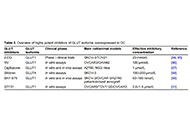
Open Access
Case Report
Improving single nucleotide polymorphisms genotyping accuracy for dihydropyrimidine dehydrogenase testing in pharmacogenetics
Annalaura Montella ... Mario Capasso
Published: April 24, 2024 Explor Target Antitumor Ther. 2024;5:374–383
This article belongs to the special issue Molecular Diagnosis and Personalized Therapy of Cancer
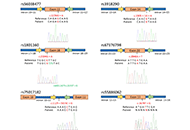
Open Access
Review
Tumor metabolism in pheochromocytomas: clinical and therapeutic implications
Mohammad Sadiq Jeeyavudeen ... Joseph M. Pappachan
Published: April 24, 2024 Explor Target Antitumor Ther. 2024;5:349–373
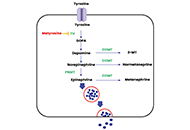
Open Access
Perspective
Artificial intelligence and classification of mature lymphoid neoplasms
Joaquim Carreras ... Naoya Nakamura
Published: April 23, 2024 Explor Target Antitumor Ther. 2024;5:332–348
This article belongs to the special issue Artificial Intelligence for Precision Oncology
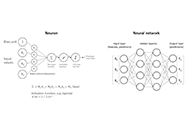
Open Access
Review
Magnetite nanoparticles: an emerging adjunctive tool for the improvement of cancer immunotherapy
Phoomipat Jungcharoen ... Charupong Saengboonmee
Published: April 23, 2024 Explor Target Antitumor Ther. 2024;5:316–331
This article belongs to the special issue Novel Strategies and Targets for Immunotherapy of Cancer
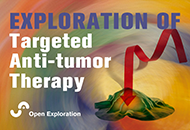
Open Access
Review
Emerging roles of type 1 innate lymphoid cells in tumour pathogenesis and cancer immunotherapy
James Michael Verner ... Eric Jou
Published: April 23, 2024 Explor Target Antitumor Ther. 2024;5:296–315
This article belongs to the special issue Novel Insights into Immunotherapy Targeting Tumor Microenvironment in Cancer
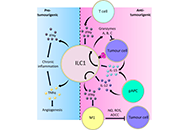
Open Access
Original Article
Hexachlorobenzene as a differential modulator of the conventional and metronomic chemotherapy response in triple negative breast cancer cells
Yamila Sanchez ... Alejandro Español
Published: March 21, 2024 Explor Target Antitumor Ther. 2024;5:278–295
This article belongs to the special issue Innovative Strategies to Target Triple-negative Breast Cancer
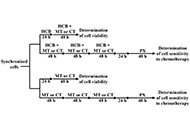
Open Access
Review
Improving the quality of patient care in lung cancer: key factors for successful multidisciplinary team working
Alessandro Morabito ... Giacomo Pascarella
Published: March 21, 2024 Explor Target Antitumor Ther. 2024;5:260–277
This article belongs to the special issue Integrated Approaches for Non-Small-Cell Lung Cancer
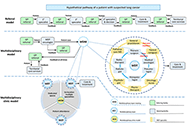
Open Access
Mini Review
Potential of targeting signal-transducing adaptor protein-2 in cancer therapeutic applications
Taiga Maemoto ... Tadashi Matsuda
Published: March 07, 2024 Explor Target Antitumor Ther. 2024;5:251–259
